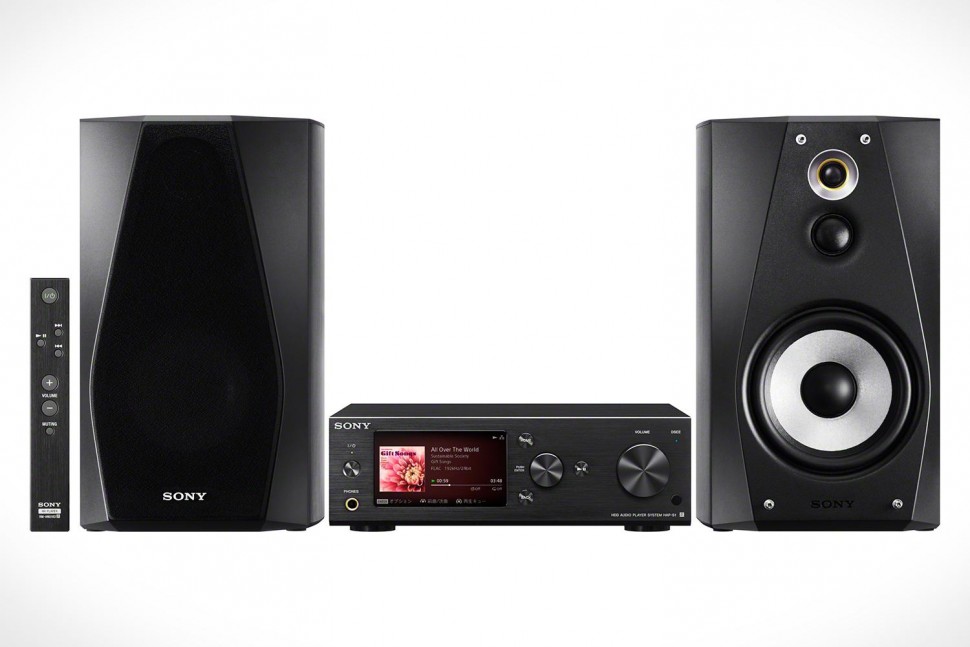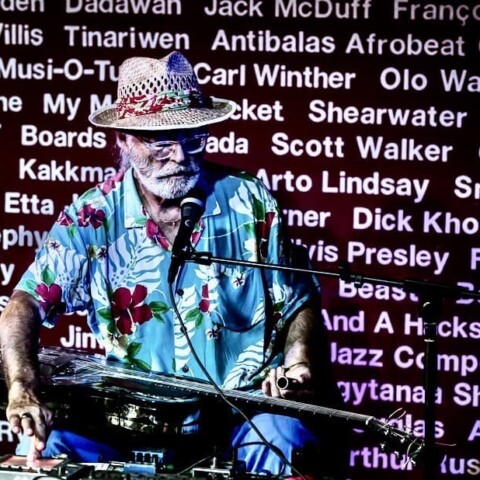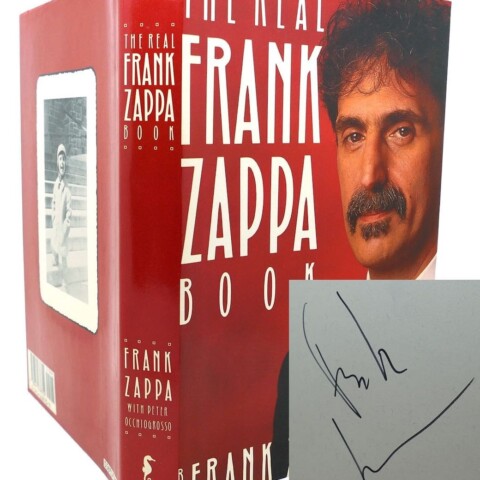 YEEEAH NAH. WHADAYA mean, yeah nah? I mean, yeah, I’m gonna do a good review of the new Nine Inch Nails album, but nah, I’m not gonna read any of the other two thousand that have appeared online in the last few days. But I cheated and read one which seemed to use a lot of electricity metaphors coupled with teary-eyed reminiscences of the good old days of The Downward Spiral. So I figured I’ll pretty much stick to music here.
YEEEAH NAH. WHADAYA mean, yeah nah? I mean, yeah, I’m gonna do a good review of the new Nine Inch Nails album, but nah, I’m not gonna read any of the other two thousand that have appeared online in the last few days. But I cheated and read one which seemed to use a lot of electricity metaphors coupled with teary-eyed reminiscences of the good old days of The Downward Spiral. So I figured I’ll pretty much stick to music here.
Except for the star of the show, which is of course, the Swarmatron – an 8 oscillator analogue synthesizer made by Dewanatron, played by sliding your finger along a ribbon controller. Following close behind are the guitars of Adrian Belew and Lindsay Buckingham – simultaneously on ‘In Two’.
Also present on several songs is bassist, Pino Palladino. But his contribution is fairly subtle and in no way a reflection of his octave fretless signature sound that complimented so many ‘80s hits. I didn’t think it would sound like that but I was still disappointed it didn’t at least once. If you want an idea of the Pino that wowed everyone, try ‘Sunset Grill’ by Don Henley or ‘Give Blood’ by Pete Townshend for a pretty accurate picture of what he was all about, at least to the public ear.
 Adrian Belew’s additions to the tracks are also pretty understated and atmospheric. Though he is instantly recognisable on one of the strongest tracks here, ‘All Time Low’, which features a choppy and discordant guitar arpeggio with a beautiful tone seemingly lifted straight from King Crimson’s 1981 splendour, Discipline. The Todd Rundgren remix of ‘All Time Low’ heard on the digital version of Hesitation Marks is equally as impressive and includes the Abbey Road-like backing vocals omitted from the standard album cut.
Adrian Belew’s additions to the tracks are also pretty understated and atmospheric. Though he is instantly recognisable on one of the strongest tracks here, ‘All Time Low’, which features a choppy and discordant guitar arpeggio with a beautiful tone seemingly lifted straight from King Crimson’s 1981 splendour, Discipline. The Todd Rundgren remix of ‘All Time Low’ heard on the digital version of Hesitation Marks is equally as impressive and includes the Abbey Road-like backing vocals omitted from the standard album cut.
The second single, ‘Copy of A’, is a strong opener and plays tricks on the ear with it’s synth arpeggio in a 5/16 time signature against the 4/4 dance beat. Lindsay Buckingham is heard on this song but he shines the most with the repetitive bluesy figure of ‘In Two’.
‘Everything’ is unique in the NIN repertoire, sounding as it does like The Cure with Huey Lewis and the News on backing vocals. It came from the sessions for the Greatest Hits album, as did the following song ‘Satellite’ with its guitar parts occasionally reminiscent of Prince. So the pair of songs obligingly feel a little uncomfortable in this set.
As far as I’m concerned, Hesitation Marks peaks too early and never really recovers from the poor second cousins of ‘Everything’ and ‘Satellite’ placed in the middle. I’m not making a pun here, but I hesitate to say that the songwriting is not all it could be, because that’s not really what we come to NIN for, is it? We come for what is most certainly on plentiful display here, and that is an exercise in pure sonic exploration. The sound is 10 feet wide, three-dimensional and all-enveloping. You can climb inside it. It seems to extend metres in any direction and is overflowing with the satisfying results of cutting edge audio experimentation that Trent Reznor is always so adept at achieving. PETER KEARNS
Sound = 4.5/5
Music = 3.5/5















